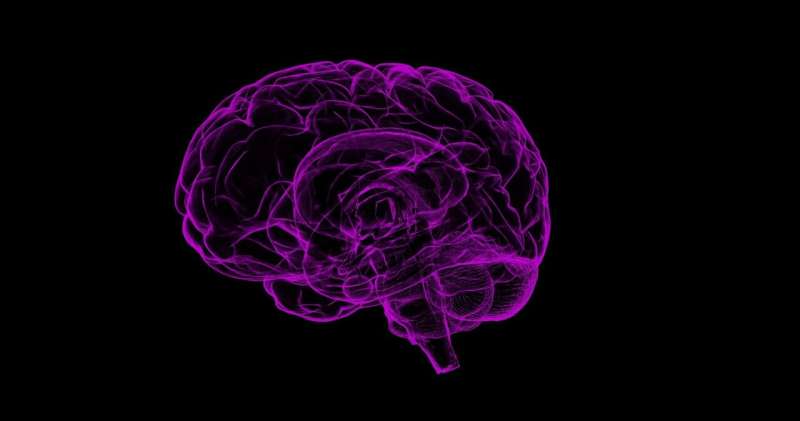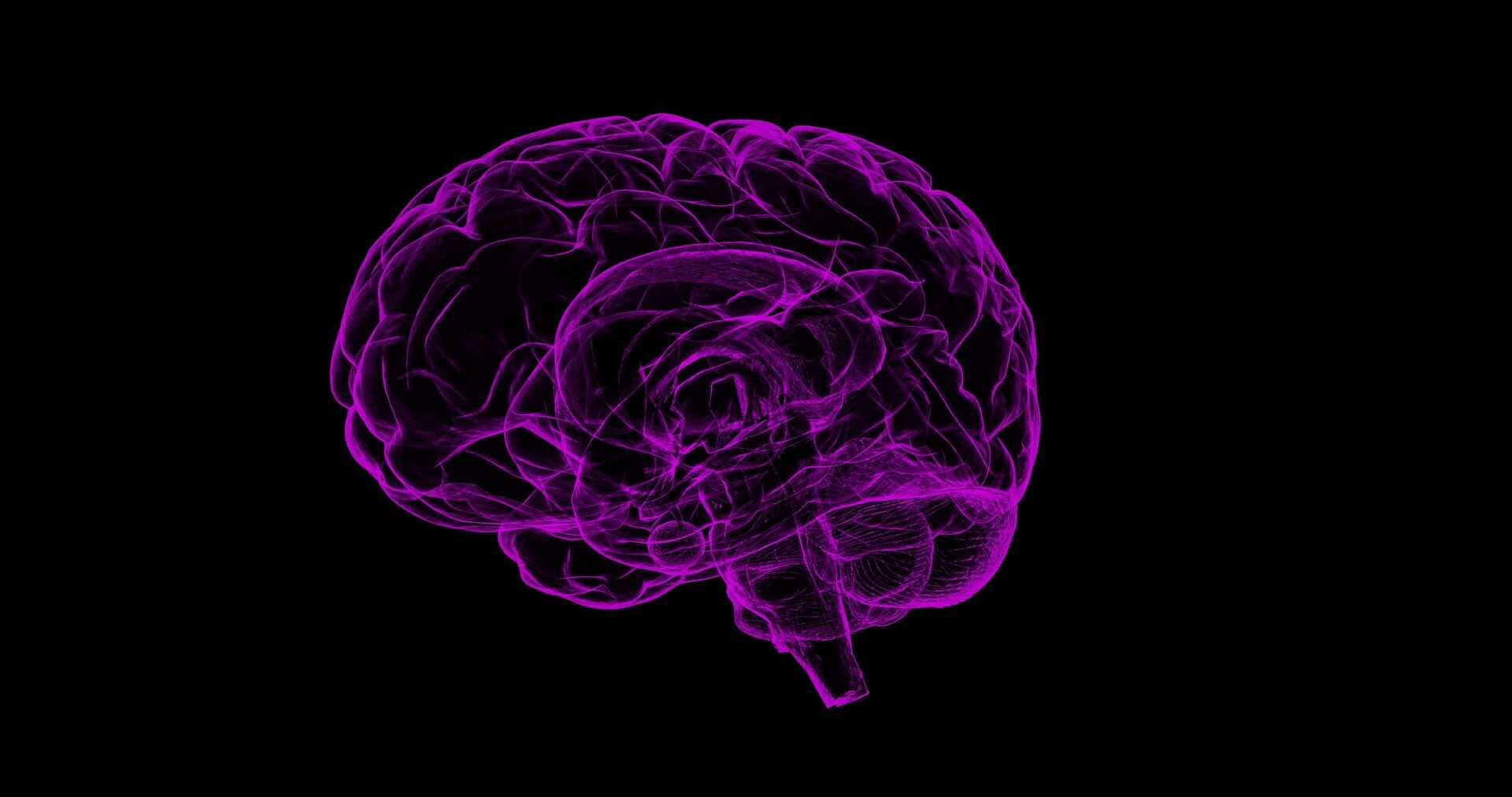
Many researchers who work with mice can tell you that mice behave differently depending on who is handling them. Anecdotal reports and some existing scientific reports indicate that mice tend to be more fearful and uptight around men, and relaxed and comfortable around women. Whether this behavior actually affects research results though, remains a sort of the elephant in the room that not many people seem to want to address.
Now, researchers at the University of Maryland School of Medicine (UMSOM) have shown that mice respond more to the antidepressant effects of the drug ketamine when administered by men and not by women. The group demonstrated that the response of mice detected in a specific region of their brain from handling by a man is essential for ketamine’s effect to work. Then, the researchers identified the mechanism behind this response.
The researchers say that while the influence of the sex of the scientist administering ketamine is not directly relevant to the human response to ketamine, the brain mechanism underlying their findings could help determine why some people do not respond to ketamine anti-depressant therapy and suggest ways to potentially make this therapy work better for those patients who do not respond well.
The findings were published on August 30 in Nature Neuroscience.
“Our findings in mice suggests that activating a specific stress circuit in the brain may be a way to improve ketamine treatment. Our thought is that you may be able to provide a more robust antidepressant effect if you combine the ketamine with activation of this brain region, either a drug that spurs this process in the brain or even some sort of specific stressor,” said Todd Gould, MD, Professor of Psychiatry at UMSOM.
Dr. Gould’s team anecdotally noticed that ketamine’s antidepressant-like effects only seemed to work consistently when male researchers administered the treatment to mice. The team reached out to other labs studying mouse responses to ketamine, who reported the same issues, but no one had yet systematically documented the phenomena and investigated the cause. At the time, most of Dr. Gould’s team was women and so figuring out why the experiments did not work when women performed them was essential to the team getting workable data, so they could move forward with project.
To look into this, they began by observing mouse preference for being around T-shirts or cotton swabs rubbed on the wrists, elbow, or behind the ear that came from men versus women. The mice preferred spending more time around T-shirts and cotton swabs that came from women rather than men. When the researchers used a chemical to block the smell of the mice, they no longer preferred women’s T-shirts or cotton swabs over men’s.
“Compared to humans, mouse sense of smell and their sensitivity to pheromones (airborne hormones) are more keenly developed, so it’s not surprising that they respond differently to many smells, including those of men compared to women,” said Dr. Gould.
Next, they confirmed the original anecdotal findings with a systematic experiment using many researchers to verify that mice responded to ketamine when administered men, but not by women. Then, the researchers wanted to understand the mechanism behind why the mice behave this way. The researchers investigated several factors potentially involved in mediating ketamine’s response in mice, but ultimately settled on one: corticotropin-releasing factor (CRF). CRF is located region of the brain, known as the hippocampus, responsible for learning and memory that had previously been associated with depression. When the researchers had women administer the ketamine along with an injection of CRF, the mice finally responded to ketamine as if they were being treated with an antidepressant.
“We think that some people may have higher or lower levels of CRF, and we believe that people do not respond well to ketamine antidepressant therapy might respond if we could administer the treatment with some CRF-related chemical that could induce ketamine’s effects,” said Polymnia Georgiou, Ph.D., a former postdoctoral fellow in Dr. Gould’s laboratory, who led the project. “Alternatively, we typically see the antidepressant effects of ketamine lasting 1-3 days, but with CRF administration, it is possible that we may be able to extend the effects to last longer with CRF.”
Source: Read Full Article
